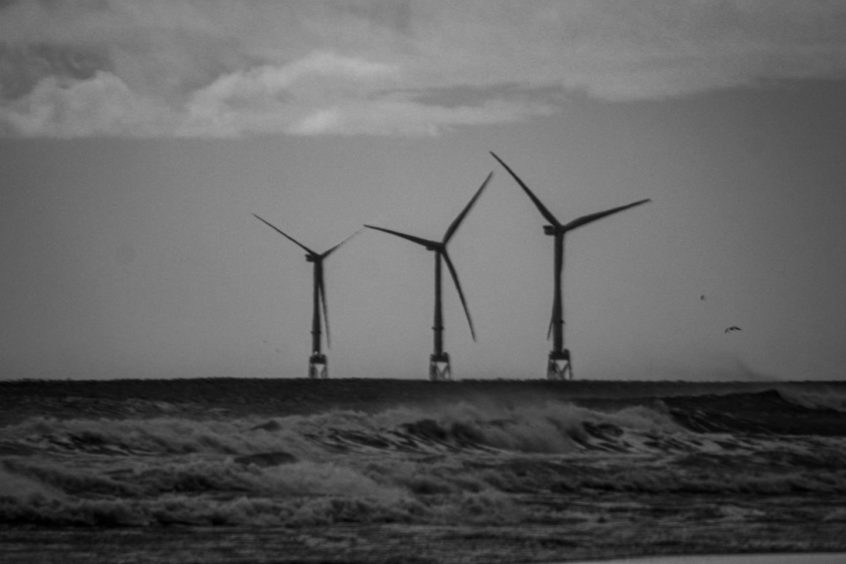
New research has warned that global ambitions and implementation plans are not yet in line with key goals set at COP28.
However, the new International Energy Agency (IEA) report added that the “record-breaking annual deployment, remarkable momentum in the sector, and increasing competitiveness with fossil fuels” means the COP28 renewable energy targets are still plausible.
In addition, national governments have the tools to step up their efforts to develop clear plans to boost renewable power deployment.
In 2023, COP28 outlined targets that were set to triple the global capacity for renewable energy by 2030. In practice, this means a global production of 11,000GW in renewable energy.
The IEA report demonstrated that, since 2015, a tripling of global renewable energy capacity has already occurred. However, there is significant development required to reach the COP28 goal.
Faith Birol, IEA executive director, emphasised the importance of delivering the COP28 goals for 2030, stating: “…Countries worldwide have a major opportunity to accelerate progress towards a more secure, affordable and sustainable energy system.”
Birol further added: “The IEA will continue to support governments around the world in efforts to achieve this.”
The first step has been for the 200 signatory countries to outline and implement National Domestic Contributions (DNCs). At present, previously submitted NDCs only account for 12% for the renewable energy pledge – 1,300GW.
Approximately 90% of this is resultant of China’s solar and wind commitments.
However, the IEA argues that taking into consideration already-existing domestic plans for renewable energy development in 150 of the signatory countries, 8,000GW of renewable capacity should be delivered by 2030 – 70% of what has been promised.
Moreover, 30 countries have outlined ambitions to almost triple their installed renewable energy capacity by 2030. If these ambitions were to come to fruition, these countries’ contributions would make up nearly three-quarters of the total global target.
The report emphasised that for the next decade countries must increase domestic installations by a 36% growth rate annually; excluding China, which is leading global renewable development. This includes the US, the EU and significantly, North and Sub-Saharan Africa, the Middle East and Southeast Asia.
Additionally, the achievement of the COP28 target is entirely dependent on China’s delivery: with a contribution constituting 45% of the global ambition. The contribution promised by European countries will account for 20%, and 15% will come from the Asia-Pacific.
However, nearly 5,000GW remains unaccounted for in the IEA’s country analysis. The report highlights that the European Commission has made the suggestion that European countries should reconsider and expand their domestic contributions.
This would mean increasing renewable energy consumption from approximately 38% to 42.5%.
The report by the IEA was published as a means to identify the policy gaps for countries pledged to the COP28 targets and has been supported by the European Union’s CETEE-programme.
